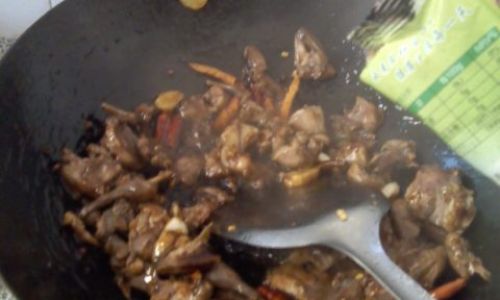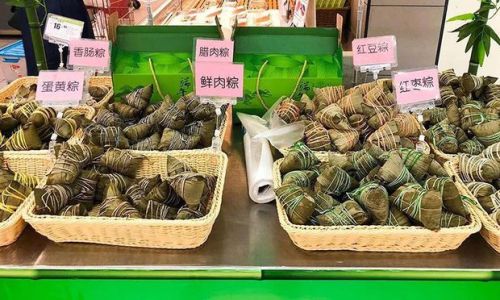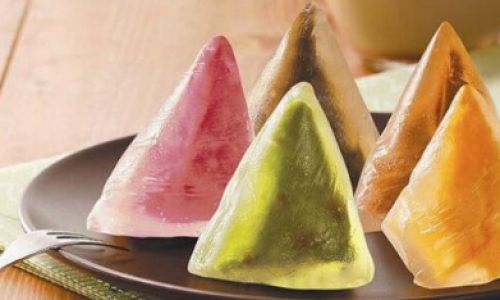Table of content
Quail, a small game bird with a rich history in global cuisine, has long been celebrated for its delicate flavor and tender texture. Though diminutive in size, this culinary gem packs a punch of earthy, gamey notes that elevate any dish it graces. From rustic farmhouse kitchens to Michelin-starred restaurants, quail has earned its place as a versatile ingredient capable of inspiring both comfort and elegance. This article explores the nuances of selecting, preparing, and cooking quail to highlight its unique qualities, ensuring every bite is a celebration of taste and texture.
Understanding Quail: A Brief Introduction
Quail belongs to the family Phasianidae, which includes pheasants and partridges. While wild quail is prized for its robust, woodsy flavor, farm-raised varieties offer a milder taste and consistent texture. Most commercially available quail weigh between 4 to 6 ounces, making them ideal for individual servings or shared appetizers. Their small size also means they cook quickly, a boon for busy chefs seeking efficiency without sacrificing flavor.
Nutritionally, quail is a lean protein powerhouse. A single serving provides roughly 14 grams of protein, along with B vitamins, iron, and zinc. Unlike larger poultry, quail meat contains minimal fat, which concentrates its flavor but requires careful cooking to avoid dryness. This balance of nutrition and gourmet appeal makes quail a favorite among health-conscious foodies and epicureans alike.
Selecting and Storing Quail
The foundation of a memorable quail dish begins with sourcing the finest bird. When purchasing quail, consider the following:
- Fresh vs. Frozen: Fresh quail should have plump, unbruised skin with a mild, metallic scent. Frozen quail, if properly sealed, retains its quality for up to six months. Thaw it slowly in the refrigerator to prevent moisture loss.
- Farm-Raised vs. Wild: Farm-raised quail offers consistency, while wild quail boasts deeper flavor. Wild birds may require longer marinating times to tenderize.
- Whole vs. Deboned: Whole quail is ideal for roasting or grilling, while deboned or butterflied birds suit quicker preparations like pan-searing.
Store quail in the coldest part of your refrigerator (below 40°F/4°C) and use within two days of purchase. For extended storage, vacuum-seal and freeze.

Preparation Techniques: Unlocking Flavor
Quail’s delicate meat benefits from thoughtful preparation. Here’s how to maximize its potential:
Brining
A simple brine of salt, sugar, water, and aromatics (like rosemary, thyme, or garlic) enhances juiciness and seasons the meat. Submerge whole quail in the brine for 1–2 hours, then pat dry before cooking.
Marinating
Acidic marinades (lemon juice, yogurt, or vinegar) tenderize the meat, while oil-based marinades (olive oil, herbs, spices) impart flavor. Marinate for 2–4 hours—over-marinating can toughen the flesh.
Trussing
Tying the legs together with kitchen twine ensures even cooking and a presentable shape, especially for roasting.
Cooking Methods: From Stovetop to Oven
Quail’s adaptability shines across various cooking techniques. Experiment with these methods to discover your favorite:
Roasting
Roasting quail whole develops a crisp, golden skin while keeping the meat moist. Preheat your oven to 425°F (220°C). Rub the bird with olive oil, season generously with salt and pepper, and stuff the cavity with herbs or citrus slices. Roast for 15–20 minutes, basting occasionally with butter or pan juices. Let rest for 5 minutes before serving.

Pro Tip: For extra crispy skin, air-dry the quail in the refrigerator overnight after brining.
Pan-Searing
Pan-searing quail breast-side down in a hot skillet creates a caramelized crust. Use a mix of oil and butter, and cook for 3–4 minutes per side. Finish with a splash of wine or stock, deglazing the pan to create a quick sauce.
Variation: Wrap the quail in pancetta or bacon before searing for added richness.
Grilling
Grilled quail takes on a smoky char that pairs beautifully with summer sides. Brush with oil, season, and cook over medium-high heat for 4–5 minutes per side. Avoid direct flame to prevent flare-ups.
Glaze Idea: Baste with honey-soy glaze or pomegranate molasses during the final minutes for a sticky-sweet finish.
Braising
Braising quail in liquid (stock, wine, or tomato sauce) yields tender, fall-off-the-bone meat. Sear the quail first, then simmer in liquid with vegetables and herbs for 30–40 minutes. Shred the meat for tacos, ragu, or stews.

Confit
A French classic, quail confit involves slow-cooking the bird in rendered duck fat until silky-soft. Store in fat for up to a month, then crisp the skin in a hot pan before serving.
Global Quail Recipes: A World of Flavors
Quail’s versatility lends itself to countless culinary traditions. Here are four iconic preparations:
French-Style Quail en Cocotte
Sear quail in butter until golden, then nestle in a cocotte (Dutch oven) with pearl onions, garlic, and mushrooms. Deglaze with red wine, add thyme and bay leaves, and braise at 300°F (150°C) for 1 hour. Serve with crusty bread to soak up the sauce.
Moroccan Quail Tagine
Marinate quail in a blend of ras el hanout, ginger, and lemon juice. Cook in a tagine with apricots, almonds, and honey, simmering until the sauce thickens. Garnish with cilantro and serve with couscous.
Asian-Inspired Soy-Glazed Quail
Brush quail with a mixture of soy sauce, mirin, honey, and sesame oil. Roast at 400°F (200°C) for 12 minutes, basting frequently. Serve with steamed bok choy and jasmine rice.
Italian Quail alla Cacciatora
Sauté quail with onions, tomatoes, rosemary, and olives. Deglaze with white wine and simmer until the meat is tender. Finish with a sprinkle of Parmesan and fresh basil.

Pairing Quail: Sides and Beverages
Quail’s rich flavor pairs beautifully with complementary sides and drinks:
- Sides: Roasted root vegetables, wild rice pilaf, sautéed greens, or truffle-scented mashed potatoes.
- Beverages: Light-bodied red wines like Pinot Noir or Beaujolais; crisp white wines such as Sauvignon Blanc; or amber ales with malty sweetness.
Healthier Twists: Lightening Up Quail Dishes
For calorie-conscious cooks, quail offers flexibility:
- Grilled Quail Skewers: Marinate in yogurt and spices, then thread onto skewers with zucchini and cherry tomatoes. Serve over quinoa.
- Quail Lettuce Cups: Shred confit quail and toss with water chestnuts, carrots, and hoisin sauce. Wrap in butter lettuce leaves.
Troubleshooting Common Issues
- Dry Meat: Overcooking is the culprit. Use a meat thermometer—quail is done at 165°F (74°C).
- Tough Texture: Marinate wild quail longer or use a tenderizing enzyme like kiwi.
- Lack of Flavor: Enhance with compound butter (herbs, garlic, lemon zest) or a finishing salt.
Conclusion: The Joy of Quail
Quail’s charm lies in its ability to straddle the line between humble and haute cuisine. Whether roasted to golden perfection, nestled in a fragrant tagine, or skewered for backyard grilling, this tiny bird delivers big flavor. By mastering preparation techniques and embracing global inspirations, you can transform quail into a centerpiece that delights the senses and sparks conversation. So next time you’re at the market, grab a few birds and let your culinary imagination take flight—the results will be nothing short of extraordinary.




0 comments